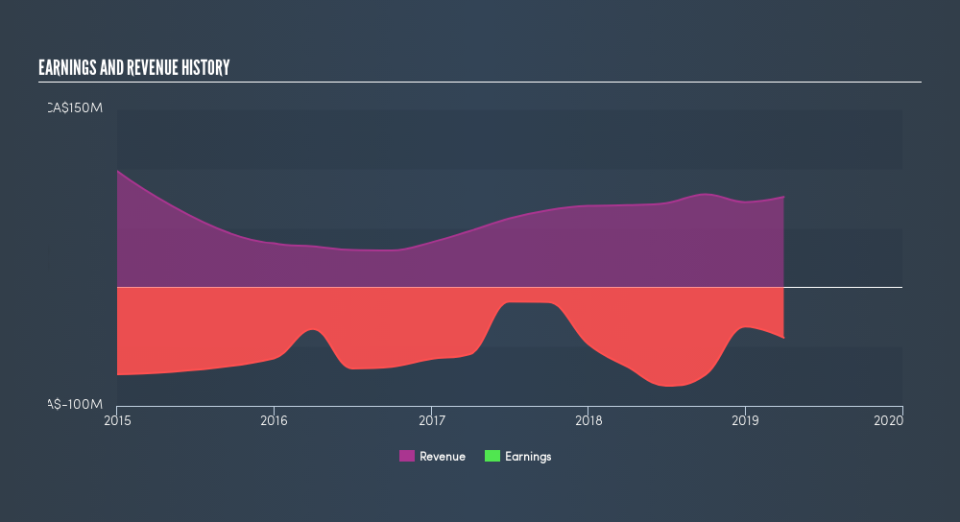How Does Investing In Prairie Provident Resources Inc. (TSE:PPR) Impact The Volatility Of Your Portfolio?

Want to participate in a short research study? Help shape the future of investing tools and you could win a $250 gift card!
If you're interested in Prairie Provident Resources Inc. (TSE:PPR), then you might want to consider its beta (a measure of share price volatility) in order to understand how the stock could impact your portfolio. Volatility is considered to be a measure of risk in modern finance theory. Investors may think of volatility as falling into two main categories. First, we have company specific volatility, which is the price gyrations of an individual stock. Holding at least 8 stocks can reduce this kind of risk across a portfolio. The other type, which cannot be diversified away, is the volatility of the entire market. Every stock in the market is exposed to this volatility, which is linked to the fact that stocks prices are correlated in an efficient market.
Some stocks see their prices move in concert with the market. Others tend towards stronger, gentler or unrelated price movements. Some investors use beta as a measure of how much a certain stock is impacted by market risk (volatility). While we should keep in mind that Warren Buffett has cautioned that 'Volatility is far from synonymous with risk', beta is still a useful factor to consider. To make good use of it you must first know that the beta of the overall market is one. A stock with a beta greater than one is more sensitive to broader market movements than a stock with a beta of less than one.
See our latest analysis for Prairie Provident Resources
What we can learn from PPR's beta value
Given that it has a beta of 1.81, we can surmise that the Prairie Provident Resources share price has been fairly sensitive to market volatility (over the last 5 years). If the past is any guide, we would expect that Prairie Provident Resources shares will rise quicker than the markets in times of optimism, but fall faster in times of pessimism. Beta is worth considering, but it's also important to consider whether Prairie Provident Resources is growing earnings and revenue. You can take a look for yourself, below.
Does PPR's size influence the expected beta?
With a market capitalisation of CA$14m, Prairie Provident Resources is a very small company by global standards. It is quite likely to be unknown to most investors. It has a relatively high beta, suggesting it is fairly actively traded for a company of its size. Because it takes less capital to move the share price of a small company like this, when a stock this size is actively traded it is quite often more sensitive to market volatility than similar large companies.
What this means for you:
Since Prairie Provident Resources tends to moves up when the market is going up, and down when it's going down, potential investors may wish to reflect on the overall market, when considering the stock. This article aims to educate investors about beta values, but it's well worth looking at important company-specific fundamentals such as Prairie Provident Resources’s financial health and performance track record. I highly recommend you dive deeper by considering the following:
Financial Health: Are PPR’s operations financially sustainable? Balance sheets can be hard to analyze, which is why we’ve done it for you. Check out our financial health checks here.
Other High-Performing Stocks: Are there other stocks that provide better prospects with proven track records? Explore our free list of these great stocks here.
We aim to bring you long-term focused research analysis driven by fundamental data. Note that our analysis may not factor in the latest price-sensitive company announcements or qualitative material.
If you spot an error that warrants correction, please contact the editor at editorial-team@simplywallst.com. This article by Simply Wall St is general in nature. It does not constitute a recommendation to buy or sell any stock, and does not take account of your objectives, or your financial situation. Simply Wall St has no position in the stocks mentioned. Thank you for reading.

 Yahoo Finance
Yahoo Finance 
